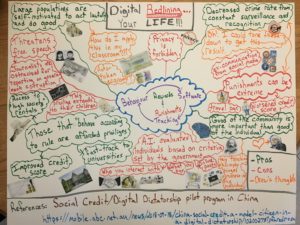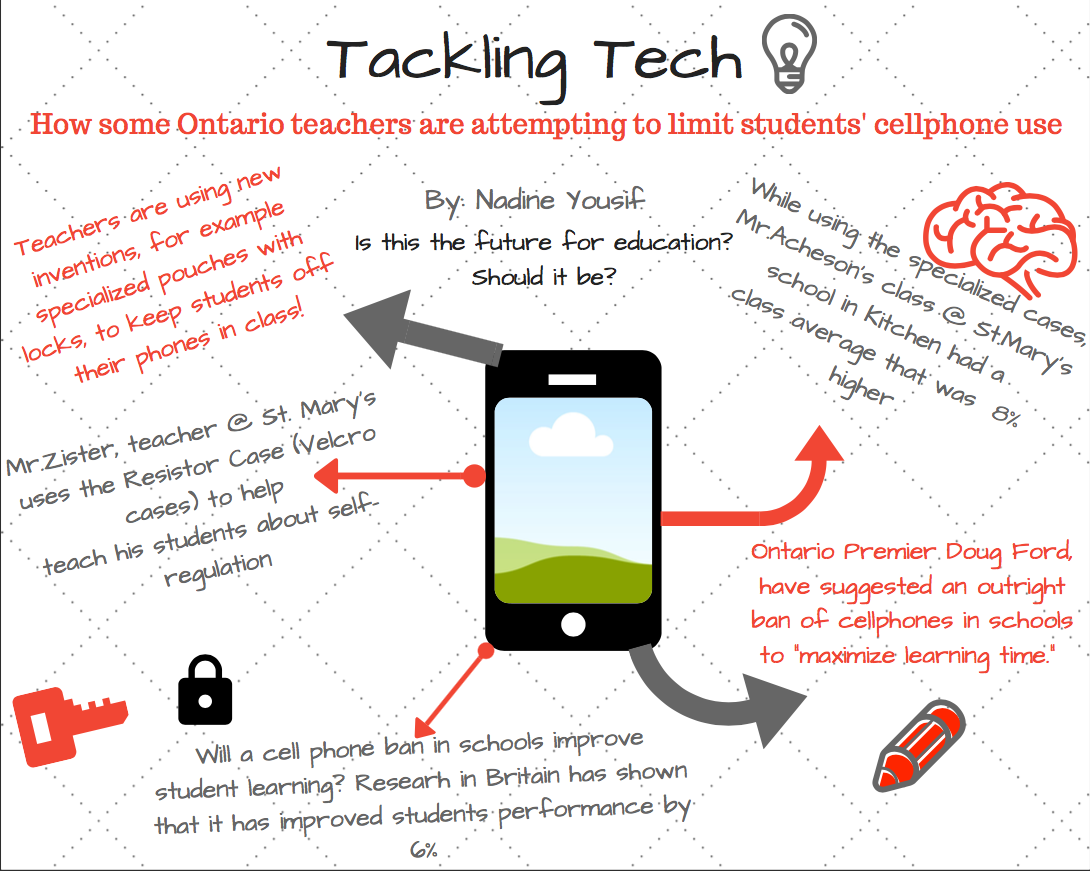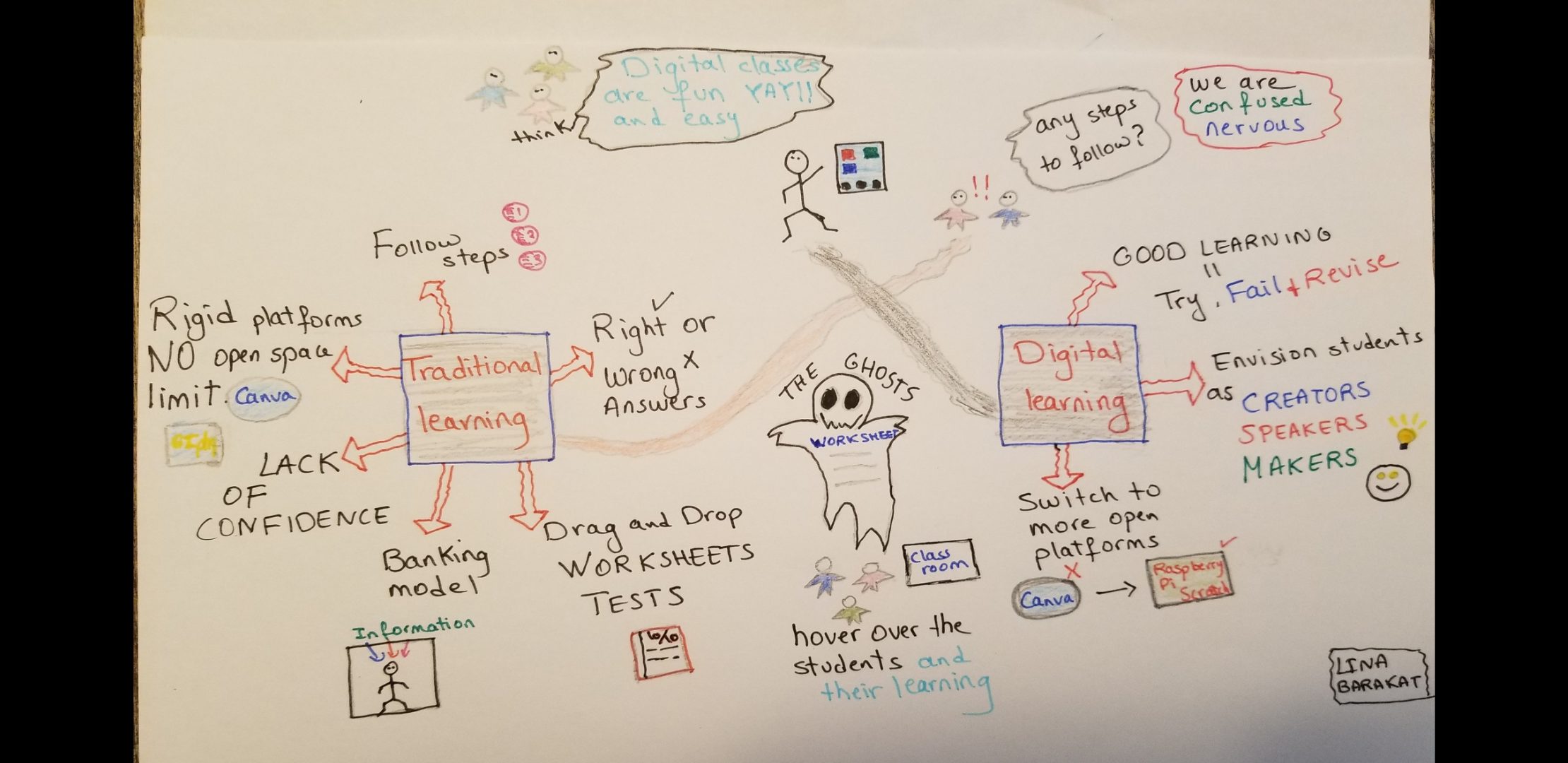I did a twitter essay on the Digital Redlining, Access, and Privacy article by Chris Gilliard for reflection #2.
Here it is:
Hey so, I’m gonna do a little (22 tweet) thread on this article by Chris Gillard and Hugh Culik. It's about how at community colleges, digital resources are scarce and that digital redlining “directly limit the futures of students” #UWinDig 1/ https://t.co/XglNv1Y38G
— mjcsf ? noot* noot** ? (*2020 **sucks) (@mjcsf_) October 30, 2018
And here is the unofficial sequel:
I want to make a brief argument for #openaccess© (<— I’m hilarious). Because hiding knowledge behind a paywall is… what’s the word… bad? It’s bad.
***this is, to some extent, a continuation of a thread about this article on digital redlining*** 1/— mjcsf ? noot* noot** ? (*2020 **sucks) (@mjcsf_) October 30, 2018
SUMMARY & REFLECTION
In my twitter essay I tried to address some of the less comfortable implications of digital redlining, beyond the fact that it is a pretty blatant form of institutionalized racism/classism. I argue that it is the natural result of a political and economic system in which the state perceives one’s worth based on how much a person owns, and creates laws and allocates resources based on that perception – creating very real barriers for all the ‘have nots’. There is little that we can do to remedy the situation without directly challenging the economic and political systems that created it (which probably isn’t going to happen). I end up concluding that it is a mistake to assume that supposedly ‘woke’ institutions like ‘higher education’ don’t play a role in reinforcing class hierarchies along racial lines. It’s all very depressing and unfun. Pass.
The second part (the unofficial sequel) has the closest thing to a solution I can think of that we could be moving towards in the present – open access. It’s a funner thread with a lot of information on the economics of academic research that I only recently found out about. Also, the gifs are better. I’ve never personally experienced not being able to find stuff on JSTOR while doing research (that I know of – very spooky – happy halloween). I imagine UWindsor has access to most of the archive, but who knows. I’ve had a lot more experience dealing with paywalls. Over the past few years I’ve quite often had to help friends in college who are unable to access a certain journal on JSTOR, or friends who graduated university and lost access to JSTOR. I usually just download the article and send it to them, which I assume is illegal/piracy, so that’s cool. Paywalls are wack. Academic publishing is a racket.
As far as teaching goes, this article connected some dots for me, providing an important critique of the supposed exclusively positive effect technology beyond just the concept of the digital divide. Basically, I need to apply a class analysis of the way educational institutions are funded (digital redlining) on top of the class analysis of digital technology in general (digital divide). What this will mean praxis-wise I’m not entirely sure. As far as I can tell digital redlining is not exactly a hot button issue in education, so trying to make the problem more visible and educating people about it would probably be a good start. I have no practical solutions here other than promoting ideas of digital equity – open access and net neutrality. Awareness and understanding of the problem helps, but ultimately it would be better if we could do something a little more concrete. A lot would have to change in order to actually address the problem of digital redlining in any meaningful way, and in this political climate, I don’t see that happening any time soon.
¯\_(ツ)_/¯
Also, I just realized that I forgot to include the quote I used for my blog post title in my twitter essay. It’s more of a quote about the digital divide. It’s from Aaron Swartz’s “Guerrilla Open Access Manifesto” (which I link to at the end of the twitter essay but here it is a motherboard article on it/him, reading is fun), and I figured that his connection to open access and to JSTOR made it appropriate.. so, here it is:
"..we need to take information, wherever it is stored, make our copies and share them with the world. We need to download scientific journals and upload them to file sharing networks. We need to fight for Guerrilla Open Access.” 2/2
Aaron Swartz, hero (RIP) #UWinDig— mjcsf ? noot* noot** ? (*2020 **sucks) (@mjcsf_) October 30, 2018
**Whelp…. this is getting very long. See what I mean about not being focused. Anyways there was going to be a whole section in part 2 of my twitter essay on JSTOR, and Swartz, and his open access and net neutrality activism, and his prosecution for trying to download the entire JSTOR archive to post online for free like a gosh darn folk hero of the internet age, and his eventual tragic suicide… but I guess I’ll just link to this article right HERE instead. Bye.
REFLECTION ON THE MAKING OF THE TWITTER BIT THAT’S PROBABLY NOT NECESSARY BUT I THOUGHT IT WAS FOR SOME REASON, WHOOPS
I’m pretty happy over how much easier this was to make than my last reflection. But, it was difficult for me to keep it focused. I like twitter, and I don’t think increasing the amount of characters you can post on twitter is a good idea, but I feel like without carefully planning everything out having only 140 characters makes it more likely to veer off course because larger ideas and arguments are parsed into smaller (and sometimes unnatural) chunks. I actually ended up deleting the entire original thread and started over. I think it’s better now?
I’ll probably make a video again next time (depending on the topic). But with more of my cat.




